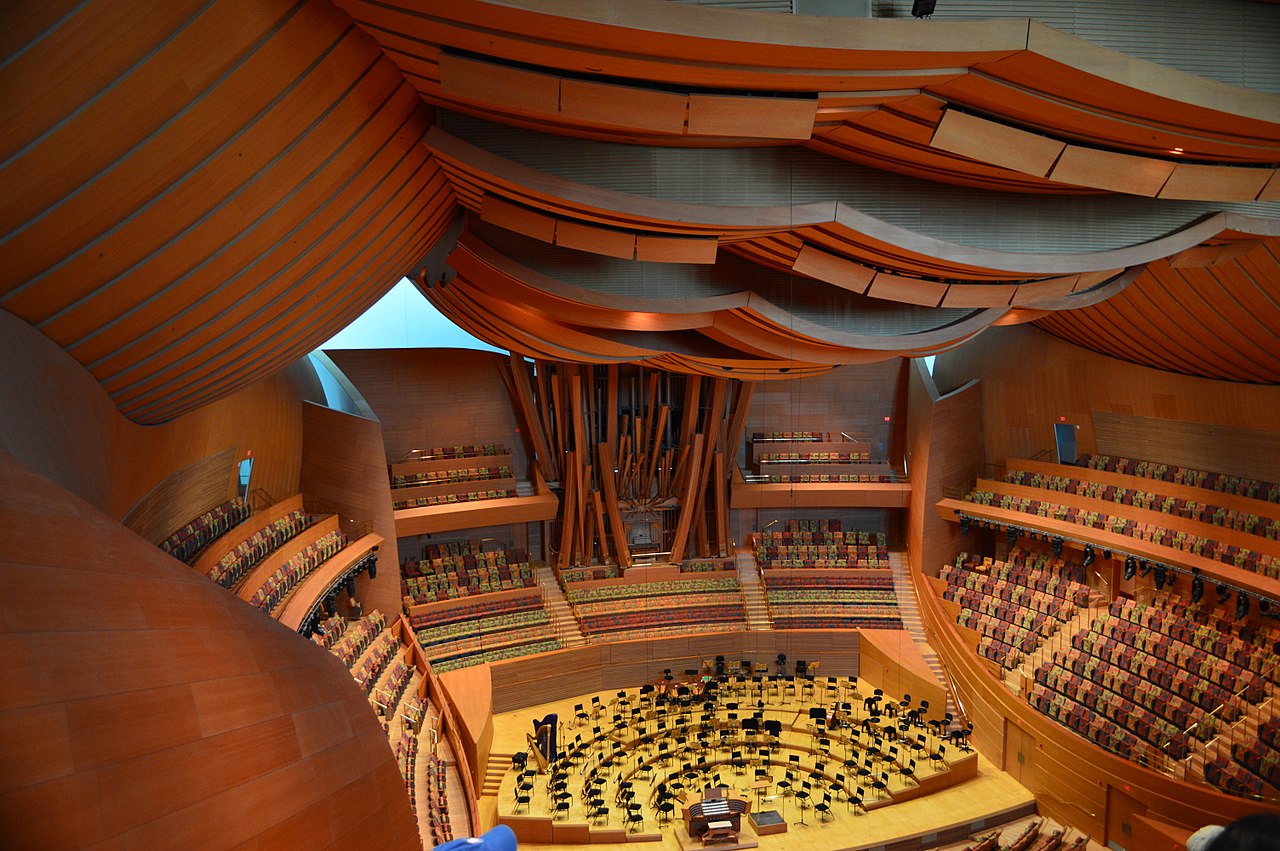Orchestra musicians nowadays are more conscious than ever before about protecting their hearing. It goes without saying that maintaining healthy hearing is crucial to an orchestra musician’s ability to perform in an ensemble. The danger however is that playing in an orchestra means frequent exposure to sound levels that can damage your hearing over time. Even short-term exposure to excessive volumes can trigger acoustic shock, as viola-player Christopher Goldscheider experienced during a rehearsal of Wagner’s Die Walküre at the Royal Opera House. It is therefore compulsory for orchestras to carry out a noise risk assessment to safeguard the health and livelihood of its musicians.

Noise risk assessment should be carried out in rehearsal spaces as well as performance venues. Fortunately many workplace/occupational health and safety agencies around the world have compiled useful guidelines regarding acceptable levels of noise exposure. Orchestra managers can utilise these documents to assess the working conditions of musicians and design measures to provide adequate hearing protection.
To help you get started, we’ve summarised the following points from Sound Advice Note 12 published by the UK’s Health and Safety Executive to offer some essential notes about where orchestras can begin with noise risk assessment.
When to begin noise risk assessment
The ideal time to begin noise risk assessment is when planning a season or a concert. But if rehearsals have already commenced, it’s still advisable that you carry out a partial assessment and continue monitoring sound levels throughout the performance. You may also be in a position to employ comparable data obtained from previous measurements or from other orchestras.
Venues
Know your venues thoroughly, their overall and localised acoustics as well as their spatial characteristics and restrictions. Are there particular architectural features of the venues to avoid or to exploit to help regulate noise exposure to the orchestra? What resources, including sound barriers such as the Goodear Acoustic Shield, does the venue already have available?

Repertoire
Be intimately familiar with the repertoire being performed. Analyse the score and monitor sound levels at rehearsals to confirm peak volumes, length of loud passages and any extreme changes in dynamics. When studying the score, pay attention not only to the notated dynamics but also to instrumental timbre and tempo, the number of instruments playing, and when instrumental sections predominate in the orchestral texture.
Orchestra layout
Map the layout and number of players. Note any changes to the layout that may occur throughout the performance. The key instruments to focus on are brass and percussion as they produce the loudest sounds in the orchestra.
Performers
If you’ve worked with the orchestra for some time, you’ll be aware of individual preferences and characteristics of conductors and players. Do some conductors like the orchestra to play loudly? Do they like to rehearse a lot? Do some players (include soloists here) perform more loudly than normal because of the instrument they play?
Amplification
Does the performance involve any kind of amplification? Sound levels can increase significantly with amplification and the positioning of microphones and speakers should be carefully considered.
External noise
Will there be any noisy special effects or external activities in the vicinity of the performance venue? For example, outdoor performances of Tchaikovsky’s 1812 Overture are usually accompanied by cannons and fireworks, which adds to the overall volume experienced by the orchestra.

In future articles, we’ll look at a range of practical measures to reduce noise exposure to orchestra musicians, as well as tips for discussing the issue with musicians and introducing hearing protection in a sensitive manner.
To keep up to date with the latest news and information about hearing protection for musicians, follow the Goodear Acoustic Shield for Orchestras Facebook page.

